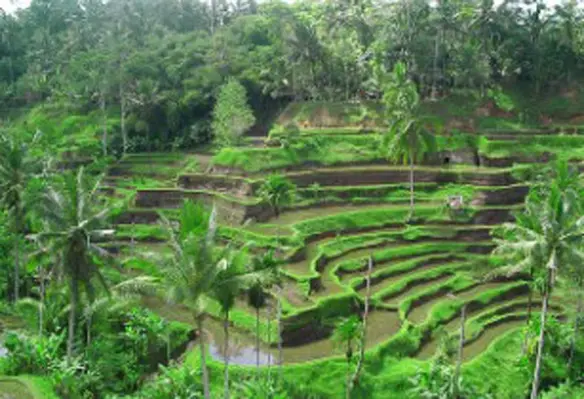Indigenous farming methods have a key role to play in achieving food security, FAO has announced
Speaking at a three-day workshop on Globally Important Agricultural Heritage Systems (GIAHS) for Asia and the Pacific, the UN Food and Agriculture Organization (FAO)’s assistant director-general Hiroyuki Konuma said that the organisation had designated 32 GIAHS sites in 14 countries worldwide, including many in Asia.
“For centuries, farmers, fishers and pastoralists across Asia and the Pacific have, by necessity of their own survival, developed and/or inherited their own farming practices and adapted in ingenious ways, to meet their subsistence needs in the midst of environmental variability without depending much on modern agricultural technologies,” noted Konuma.
While innovation will be important in ensuring future food security in the region, existing methods had been honed over centuries, with many boasting the considerable added advantage of sustainability, the FAO executive added.
“Today, there are in the world millions of smallholders, family farmers and indigenous peoples practicing resource-conserving farming, which is testament to the remarkable resiliency of these agro-ecosystems.”
Examples of designated GIAHS systems include the mountain rice terrace agro-systems of the Southeast Asia, Wewe village tank irrigation system used in Sri Lanka, and the yak-based Ladakh agriculture of northern India’s Tibetan plateau.





